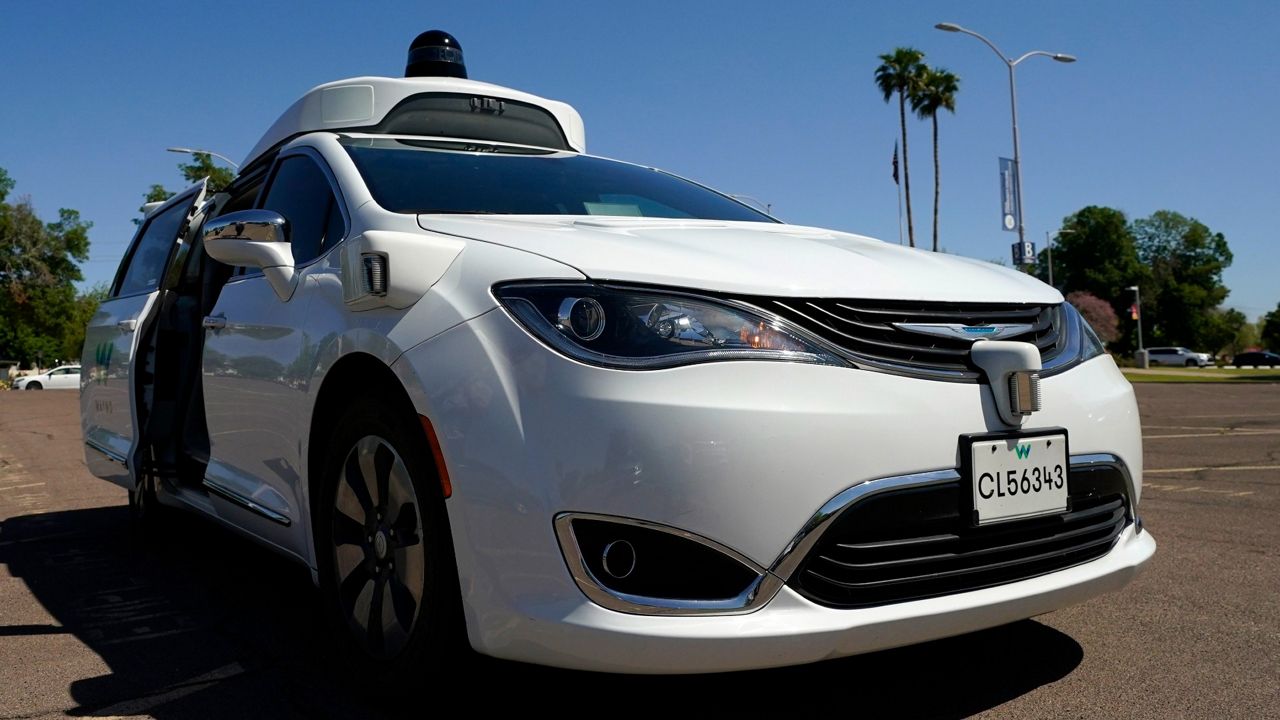Self-driving or driver-assisted vehicles were involved in more than 500 crashes in the U.S. over a 10-month span, according to first-of-their-kind reports released Wednesday by the National Highway Traffic Safety Administration.
What You Need To Know
- Self-driving or driver-assisted vehicles were involved in more than 500 crashes in the U.S. over a 10-month span, according to first-of-their-kind reports released Wednesday by the National Highway Traffic Safety Administration
- From June 2021 to May 15, 2022, 392 crashes were reported involving vehicles with advanced driver-assistance systems
- Vehicles equipped with automated driving systems, or ADS — those that can perform the complete driving task in limited circumstances — were involved in 130 crashes, the NHTSA said
- The NHTSA acknowledged the data provides an improved yet imperfect glimpse into the safety of the emerging vehicle technologies
The NHTSA issued a standing general order in June 2021 for manufacturers and operators of vehicles with autonomous or partially autonomous driving systems to report crashes. The agency — which previously had relied on more limited sources such as media reports, questionnaires and voluntary outreach from companies — will release updates monthly moving forward.
“The data released today are part of our commitment to transparency, accountability and public safety,” NHTSA Administrator Steven Cliff said in a statement. “New vehicle technologies have the potential to help prevent crashes, reduce crash severity and save lives, and the Department is interested in fostering technologies that are proven to do so; collecting this data is an important step in that effort. As we gather more data, NHTSA will be able to better identify any emerging risks or trends and learn more about how these technologies are performing in the real world.”
From the time the standing order was issued through May 15 of this year, 392 crashes were reported involving vehicles with advanced driver-assistance systems.
Advanced driver-assistance systems include features such as lane-centering assistance and adaptive cruise control that require drivers to remain engaged and alert at all times.
Tesla vehicles were involved in 273 of the crashes — more than two-thirds of those reported — followed by Honda (90) and Subaru (10).
Among the 98 crashes for which severity was reported, six were fatal and five resulted in serious injuries, the report said. At least 116 were collisions with other vehicles, three were with pedestrians, and one was with a cyclist.
Vehicles equipped with automated driving systems, or ADS — those that can perform the complete driving task in limited circumstances — were involved in 130 crashes, the NHTSA said.
Automated vehicles are not yet sold to consumers but are in limited use on public roads for testing as a potential way of hailing rides, commuting via shuttle services and delivering goods.
Waymo had the most reported ADS crashes — 62 — followed by Transdev (34) and Cruise (23).
Of the crashes for which injury data was available, one resulted in serious injuries, while 108 had no injuries.
One hundred eight ADS-involved crashes were with other vehicles, while 11 involved “vulnerable road users” such as motorcyclists, cyclists or other “non-motorists.”
The NHTSA acknowledged the data provides an improved yet imperfect glimpse into the safety of the emerging vehicle technologies. For instance, some companies provide robust data more quickly than others because their vehicles include onboard instruments that record information about how a car is being driven. Additionally, the metrics should not be used to compare the safety of one manufacturer versus another because some companies’ vehicles may be deployed in larger volumes, the agency said.
The NHTSA also said the driver-assistance and automated systems were not always engaged during the crashes reported.
Waymo told Spectrum News it has chosen to be more transparent than some of its competitors by not seeking to classify its crash data as confidential business information. It also said nearly a third of the crashes involving its automated vehicles actually occurred when they were in manual mode.
“We see value in having nationally standardized and uniform crash reporting during this early stage of the development and deployment of autonomous driving technology, and there's public benefit in NHTSA sharing its findings,” a Waymo spokesperson said in a statement. “We also believe any reporting requirements should be harmonized across all U.S. jurisdictions to limit confusion and potentially enable more meaningful comparisons, and NHTSA’s effort is a step toward achieving that goal.”
Spectrum News also reached out to Tesla, which has not responded.
Last week, the NHTSA said more than 750 Tesla owners have complained that cars operating on partially automated driving systems have suddenly braked on roadways for no apparent reason. The agency also said it has received 16 reports of Teslas crashing into emergency vehicles with flashing lights and that it’s expanding its investigation into the automaker’s driver-assistance system.



